Erster Eindruck von Asgabat
 September 2, 2019 in Turkmenistan ⋅ ⛅ 28 °C
September 2, 2019 in Turkmenistan ⋅ ⛅ 28 °C
Uns erwarteten glänzende Asphaltstraßen und eine verrückte Stadt. Überall stehen große weiße Bauwerke und alles sieht sehr sauber aus.
Die ganze Zeit erleben wir einen Wow-Moment nach demRead more

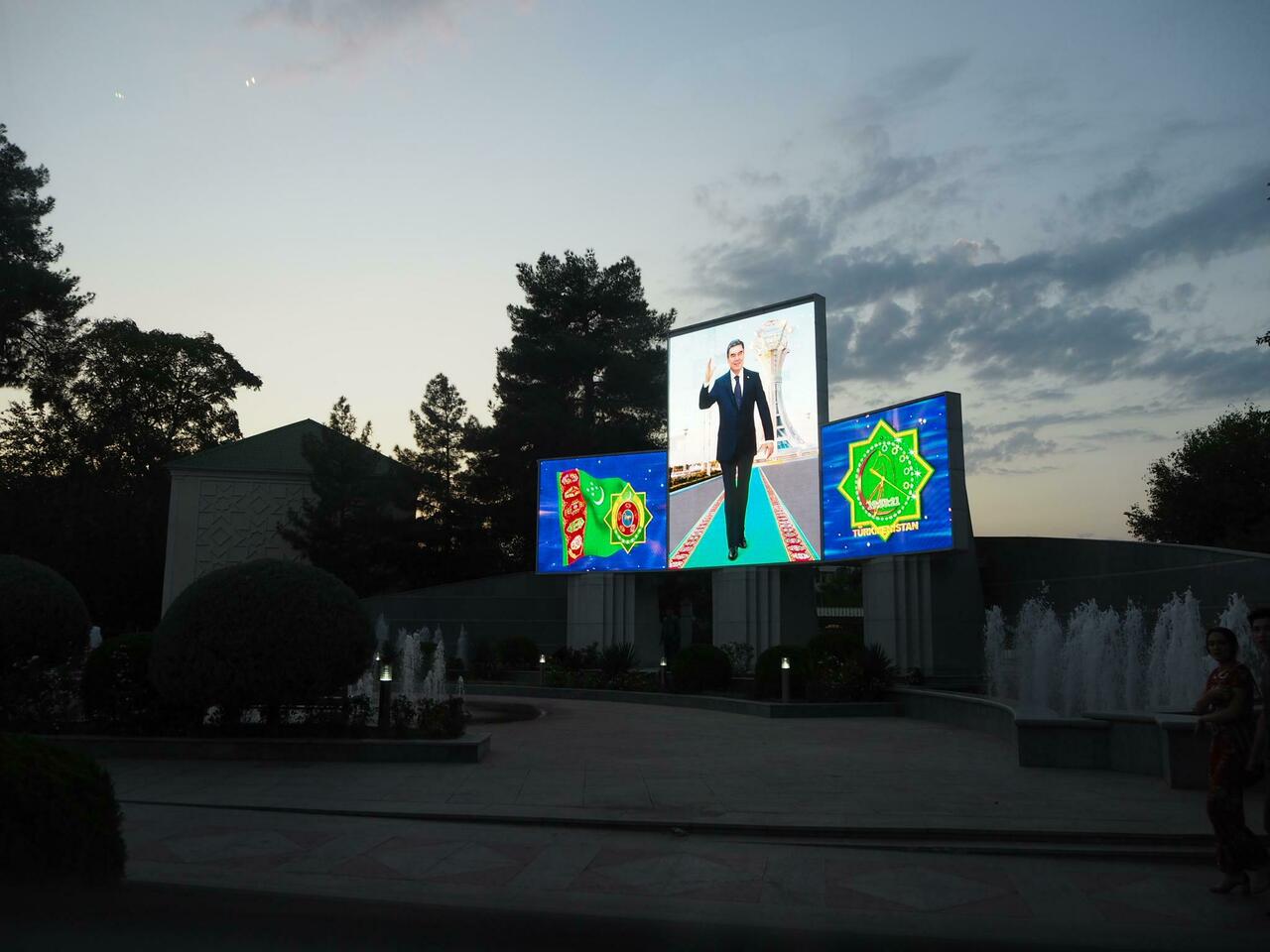
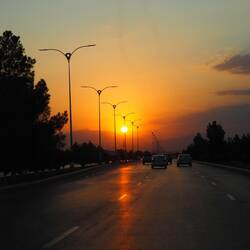
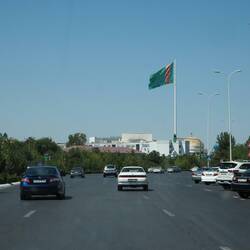
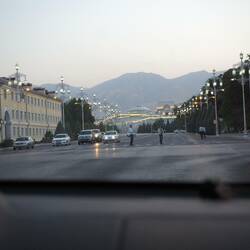
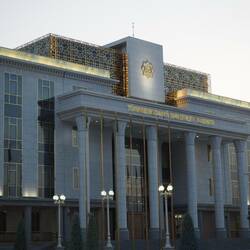




































































































Traveler Gigantischer Sonnenuntergang
Traveler Sehr entspannter Verkehr, aber nicht nur weiße Autos?!
Sehr entspannter Verkehr, aber nicht nur weiße Autos?!
Traveler Nur Polizei, 4 auf einem Fleck?!
Nur Polizei, 4 auf einem Fleck?!